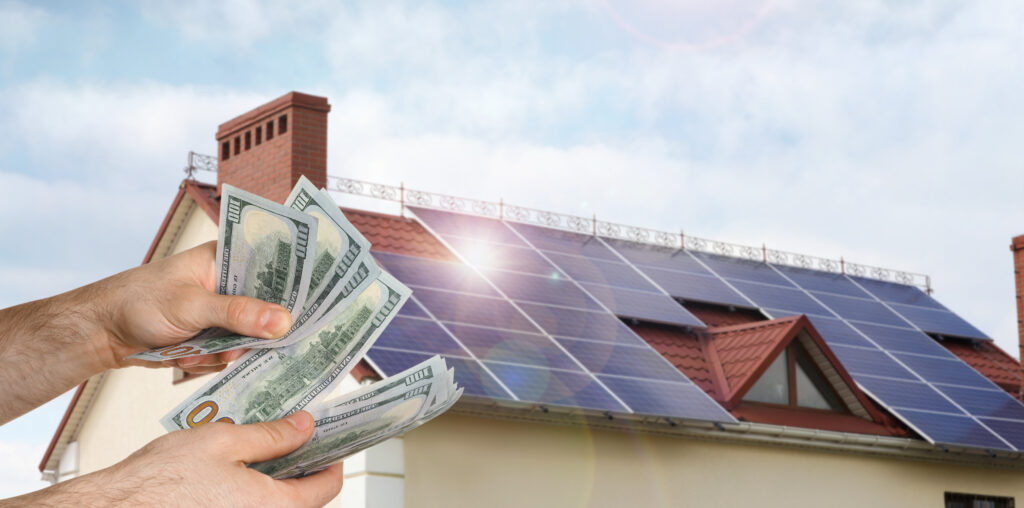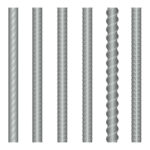Summary
Solar energy isn’t just about reducing electricity bills—it can also be a great source of income. If you live in New South Wales (NSW), there are several ways to monetize your solar energy system. From earning through feed-in tariffs (FiTs) to government rebates and Virtual Power Plants (VPPs), this guide will walk you through everything you need to know to turn your solar investment into a profitable venture. You’ll also learn about Red Energy and how to find the best solar feed-in tariff NSW to maximize your returns.
Imagine harnessing the sun’s power not just to light up your home but also to fill your wallet. With solar energy becoming increasingly popular in NSW, many homeowners are now discovering ways to make money from their solar panels. Whether you’ve already installed a solar system or are planning to, understanding how to maximize your financial benefits is crucial.
In this guide, we’ll break down:
✅ How feed-in tariffs work and how to get the best deal
✅ Government incentives and rebates available in NSW
✅ How to participate in Virtual Power Plants (VPPs) for extra earnings
✅ Smart ways to reduce your electricity costs and increase savings
Let’s explore how you can turn your solar panels into a money-making asset!
1. Understanding Solar Feed-In Tariffs (FiTs)
What Are Feed-In Tariffs?
A feed-in tariff (FiT) is the amount energy companies pay you for the extra electricity your solar system generates and sends back to the grid. This means you can sell your excess solar energy and earn credits or cash.
How Much Can You Earn in NSW?
The FiT rate varies based on your energy provider. Here are some current rates (as of 2024):
| Energy Provider | Feed-in Tariff (FiT) Rate (per kWh) |
|---|---|
| Red Energy | 10 cents per kWh for the first 5 kWh/day, 5 cents per kWh thereafter |
| Origin Energy | 8 – 14 cents per kWh |
| AGL | 5 – 10 cents per kWh |
| EnergyAustralia | 7.6 cents per kWh |
💡 Pro Tip: Compare different energy providers to find the best solar feed in tariff NSW that suits your energy usage.
2. How to Maximize Your Feed-In Tariff Earnings
Here are some effective strategies to increase your earnings from FiTs:
✅ Choose the Right Energy Retailer
Not all providers offer the same FiT rates. Use comparison websites like Canstar Blue to find the best deals.
✅ Reduce Your Daytime Electricity Usage
The less electricity you consume during peak sunlight hours, the more surplus energy you’ll have to sell back to the grid.
✅ Invest in a Battery Storage System
Storing excess energy allows you to sell it when prices are higher (e.g., during peak demand periods).
✅ Upgrade to a Larger Solar System
A higher-capacity solar system generates more electricity, meaning more potential income.
3. Government Incentives and Rebates for Solar Owners in NSW
The NSW government provides various incentives to encourage solar adoption:
NSW Solar Panel Rebate (Up to $3,000)
The NSW Solar Rebate helps homeowners reduce installation costs for solar panels. You can get:
- Up to $1,400 in rebates for solar panel installations
- Additional $1,600 for battery storage
Small-Scale Technology Certificates (STCs)
STCs are government-issued credits you receive when installing a solar system. They can be sold to energy companies, reducing the cost of your solar investment.
💡 Did you know?
Since 2018, the number of homes with solar panels in Australia has increased by over 50%, thanks to incentives like these. (Source: Clean Energy Regulator)
4. Participating in Virtual Power Plants (VPPs) for Extra Income

A Virtual Power Plant (VPP) is a network of solar-powered homes connected to the electricity grid. By joining a VPP, you allow the system to use your stored energy when demand is high, and in return, you get paid for it.
How Does a VPP Work?
1️⃣ Your solar system generates electricity and stores excess power in a battery.
2️⃣ During peak demand hours, the VPP taps into your stored energy.
3️⃣ You receive cash payments or bill credits for contributing to the grid.
VPP Programs in NSW
Several companies offer VPP participation, including:
- Tesla Energy Plan
- AGL Virtual Power Plant
- Red Energy’s Smart Saver Plan
By joining a VPP, you increase your solar earnings while supporting a cleaner grid.
5. Choosing the Best Solar Energy Retailer in NSW
When selecting an energy retailer, consider:
FiT rates – Higher rates mean more money for your excess solar power.
Contract terms – Some plans have hidden fees or lock-in contracts.
Customer reviews – Look for companies with good customer service.
Comparison of NSW’s Top Energy Retailers
| Energy Provider | FiT Rate | Best For |
|---|---|---|
| Red Energy | 10c for first 5 kWh/day | High FiT & renewable energy focus |
| Origin Energy | 8-14c per kWh | Flexible plans with rewards |
| AGL | 5-10c per kWh | Discounted electricity plans |
🛑 Key Takeaway: Always check if your current provider offers competitive FiTs and consider switching if better options are available.
6. Tax Implications of Solar Earnings in NSW
If you’re making money from solar, do you need to pay tax? The answer depends on:
✅ If your solar earnings exceed your energy expenses, they may be taxable.
✅ If you’re using your solar system for business purposes, tax implications apply.
✅ If you’re a regular household user, FiT credits are typically not taxed.
🔎 To ensure compliance, consult with a tax professional regarding your specific situation.
Conclusion: Is Solar Energy a Smart Investment in NSW?
✅ YES! Solar energy is not just about sustainability—it’s an income-generating opportunity.
By:
- Choosing a high FiT energy retailer like Red Energy
- Taking advantage of government incentives
- Joining a Virtual Power Plant (VPP)
…you can maximize earnings from your solar system and reduce your energy costs at the same time.
If you haven’t installed solar yet, now is the best time to start!
FAQs (Frequently Asked Questions)
1. What is the best solar feed-in tariff NSW?
The best FiT rates change regularly. As of 2024, Red Energy offers 10 cents per kWh for the first 5 kWh exported per day.
2. Can I make money from solar panels without a battery?
Yes! You can still earn through feed-in tariffs, but adding a battery allows you to sell stored energy during peak hours for higher rates.
3. How much does the NSW government pay for solar panels?
The NSW solar rebate offers up to $3,000 in incentives, including battery storage assistance.
4. What is a Virtual Power Plant (VPP) and how does it help me earn?
A VPP lets you sell stored energy back to the grid, earning extra money while improving grid stability.
5. Which energy retailer offers the highest FiT in NSW?
It varies, but as of 2024, Red Energy, Origin, and AGL offer competitive rates.



